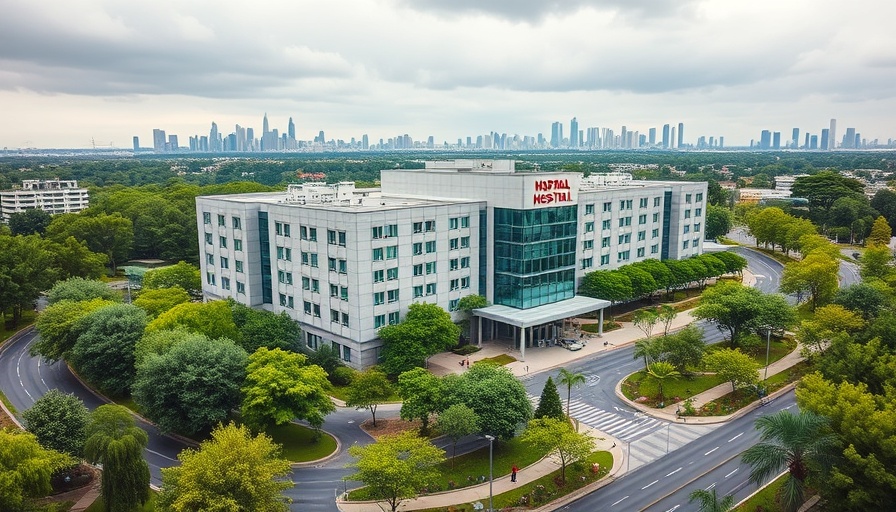
The Rising Trend of Cosmetic Surgery in America
Once considered a luxury for the rich and famous, cosmetic surgery has found its place in mainstream America. The rising prevalence of filters and social media standards of beauty has made aesthetic enhancements increasingly appealing to millennials and Generation Z. In 2021, Americans spent an astounding $14.6 billion on cosmetic procedures, according to the American Society of Plastic Surgeons, a figure that reflects both rising demand and soaring costs.
Understanding the Financial Landscape
Despite growing normalcy surrounding cosmetic surgeries, affordability remains a pressing issue. Most procedures are not covered by insurance, leaving patients to handle incredible out-of-pocket expenses. Common surgical procedures can set you back thousands of dollars. For instance, rhinoplasty may cost about $5,400, breast augmentation typically ranges from $4,500 to $6,000, and the increasingly popular Brazilian Butt Lift can soar to $12,000. Coupled with the need for anesthesia and follow-ups, many patients face mounting financial pressure.
Creative Financing Solutions Emerging
Many patients are turning to creative financing methods as the costs continue to rise. Some are saving diligently for months or years, while others are relying on credit cards, personal loans, or specialized medical financing options. Companies that provide plastic surgery loans have started to pop up in response to this demand, allowing individuals to spread the cost over time.
Understanding the Shift in Culture
Interestingly, the rise in cosmetic procedures can also be tied to the pandemic; social media visibility combined with video conferencing has made many people more aware of their appearance. A 2023 survey indicated a significant interest from younger demographics, capitalizing on the trend of celebrating self-care and self-improvement. The stigma associated with such procedures is quickly fading, enhancing the culture of openness surrounding aesthetic enhancements.
The Role of Social Media and Celebrity Influence
Social media platforms have not only normalized but fetishized the idea of cosmetic surgeries. Celebrities openly discussing their aesthetic choices have made these conversations part of everyday social discourse. Aspiring individuals find motivation in online communities and influencers, further appealing to their desires for social acceptance, leading many to consider procedures as a form of routine self-care.
Looking to the Future of Cosmetic Procedures
As the culture surrounding cosmetic surgery continues to evolve, we can expect innovations in both procedures and financing options. The future may hold even more comprehensive solutions that make aesthetic enhancements accessible to a broader audience. With insurance trends, shifting societal norms, and consumer needs being addressed, the landscape of cosmetic surgery financing is on the brink of transformation.
In conclusion, as cosmetic surgery becomes more normalized, it’s essential to recognize both the emotional and financial implications. Individuals considering such procedures must navigate the complex financial waters independently. Whether through careful saving strategies or using available financing options, future patients must weigh their aspirations against the financial realities they face.
 Add Row
Add Row  Add
Add 




Write A Comment